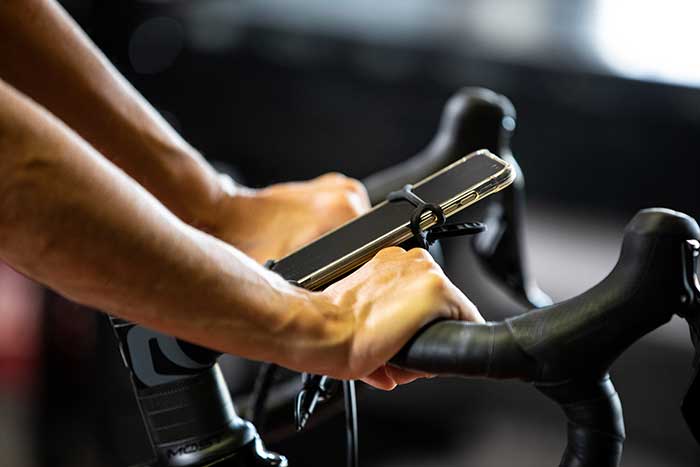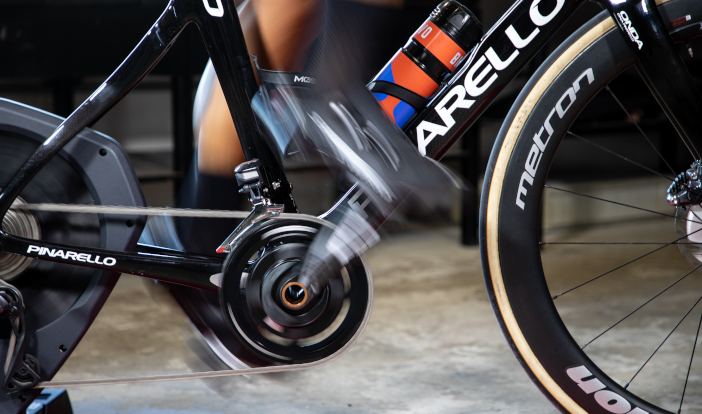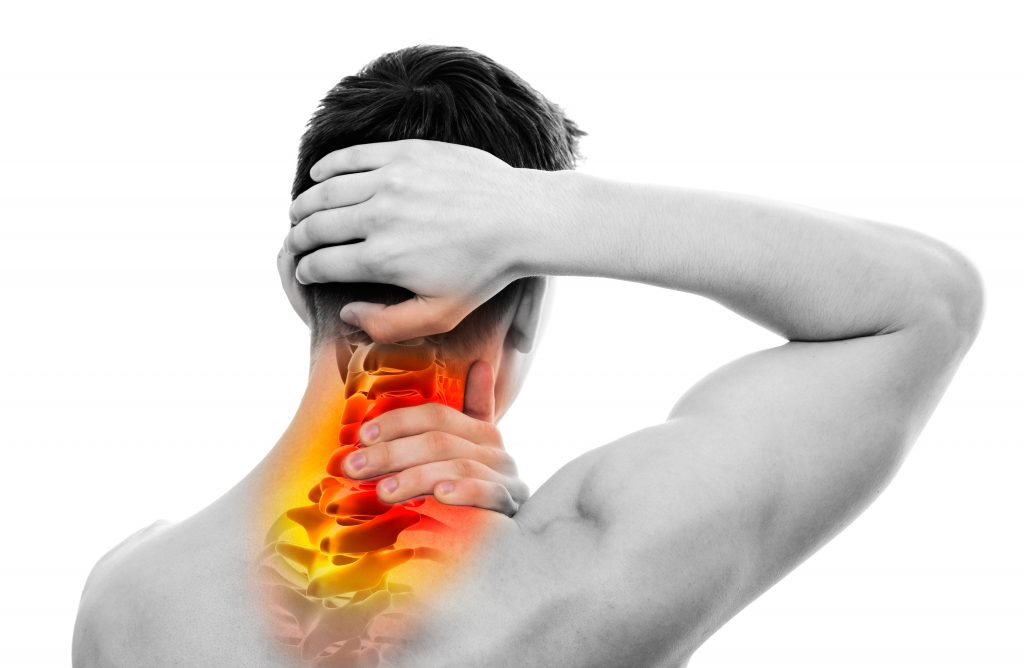Let’s see how we can resolve one of the most common problems among cyclists, one that often ruins the fun of cycling.
Pain in the muscles of the neck is often associated with a sedentary life or an incorrect posture behind the desk or computer.
However, it can also affect those who regularly exercise. The reason can be found in the position in which the bike forces us, with our head stretched out and the muscles of our arms and back contracted. This posture, over time, tires the neck muscles causing pain.
The causes of this problem can vary, but among the most common are the position on the bike, incorrect bike handling and the choice of bike components which are not adequate for the cyclist’s physiological characteristics. We will now take a closer look at these issues.
Incorrect position on the bike
Often, especially in amateur cycling, cyclists want to emulate the professional athletes by taking on a very aggressive position on the bike. Especially in sports such as triathlon or in no-draft races and when using a time trial bike, the bikes can be set up in such a way that the knee is ahead of the pedal spindle, thereby obliging the neck muscles to contract, something that cannot be maintained over a long period of time.
Another frequently made error is the incorrect position of the brakes on the road bike. Positioning the brakes too low overloads the neck muscles. Moving the saddle back can also be a cause of this kind of pain. If the saddle is too far from the handlebars, you will inevitably be forced to tighten your grip on the latter and as such overload the cervical muscles.
Incorrect bike handling
Muscle tension or rigidity when cycling can cause cervical pain. When we talk about muscular tension we mean both a congenital stiffness due to poorly flexible muscles, as well as the result of being fearful on the bike. Often, low confidence when riding the bike leads lesser expert cyclists to become more rigid when they need to deal with situations that worry them, such as long descents, riding in a group or unregular terrain. The muscles as such are not able to absorb the vibrations from the street and the first place where this is felt is the neck. If you recognize yourself in this, remember to now and then ride out of the saddle and to use the muscles of the legs and arms as shock absorbers to relieve the neck.
The wrong components
In the search for improved performance, also in the amateur world we tend to set up our bikes with very rigid components, in the belief that this can give us a competitive advantage. If it is true that a stiffer bike is a more performing bike, it is equally true that this rigidity comes with a price and that this price is often paid by the neck muscles.
So, let's see what the most common pitfalls are for setting up the bike:
- High-profile carbon wheels with few spokes. The wheels are undoubtedly among the components that can influence the rigidity of the vehicle the most. In fact, carbon wheels, especially high-profile wheels, transmit vibrations directly to the handlebars. Further rigidity is also caused by the presence of few spokes, which greatly reduce the wheel's ability to distribute and dissipate vibrations;
- Width of the tires. Narrow tires (19-23 mm) greatly reduce the wheel’s ability to absorb impacts which are transmitted directly to the rider's shoulders, fatiguing them;
- Length of the front fork. The tendency of many cyclists to choose small frames is one of the other causes of the onset of cervical problems. If the distance between the bottom bracket and the hub is too small, the weight of the cyclist will end up moving forward, thus overloading the shoulders and the neck muscles.
You can always remedy cervical pain, especially now that you know what are the main causes that lead to this annoyance that in some cases is a real problem for the cyclist.

Editorial Board
You might also be interested in



